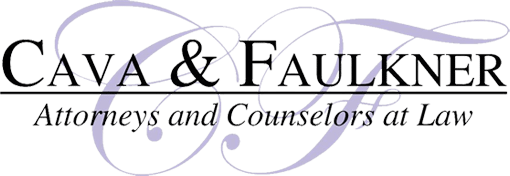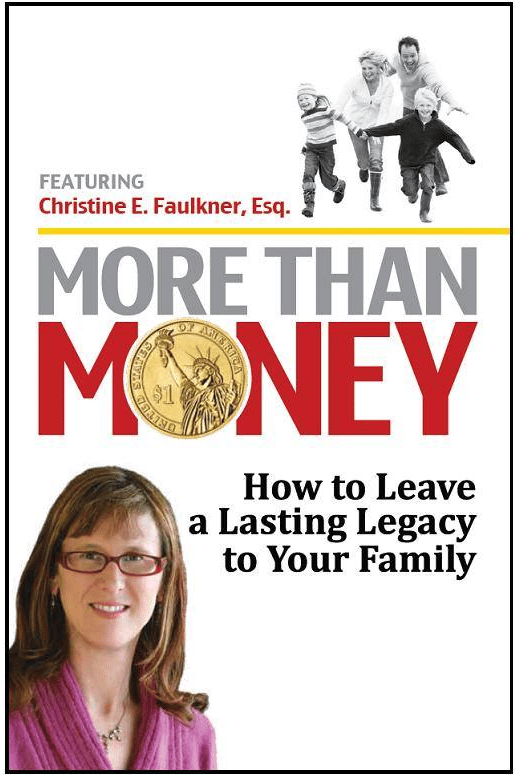This week Tom Petty’s daughters escalated the battle over their late father’s estate by filing a lawsuit against Petty’s second wife that seeks $5 million in damages.
In the lawsuit, Adria Petty and Annakim Violette claim their father’s widow, Dana York Petty, mismanaged their father’s estate, depriving them of their rights to determine how Petty’s music should be released.
Petty died in 2017 of an accidental drug overdose at age 66. He named Dana as sole trustee of his trust, but the terms of the trust give the daughters “equal participation” in decisions about how Petty’s music may be used. The daughters, who are from Petty’s first marriage, claim the terms should be interpreted to mean they get two votes out of three, which would give them majority control.
Alex Weingarten, an estate planning attorney for Petty’s daughters, issued a statement to Rolling Stone magazine asserting that Petty’s widow is not abiding by his wishes for his two children.
“Tom Petty wanted his music and his legacy to be controlled equally by his daughters, Adria and Annakim, and his wife, Dana. Dana has refused Tom’s express wishes and insisted instead upon misappropriating Tom’s life’s work for her own selfish interests,” he said.
In April, Dana filed a petition in a Los Angeles court seeking to put Petty’s musical assets under the control of a professional manager who would assist the three women in managing the estate’s assets. Dana alleged that Adria has made it difficult to conduct business by acting abusive and erratic, including sending angry emails to various managers, record label reps, and even members of Petty’s band, the Heartbreakers.
Since Petty’s death, two compilations of his music have been released, including “An American Treasure” in 2018 and “The Best of Everything” in 2019. Both albums reportedly involved intense conflict between Petty’s widow and daughters, over “marketing, promotional, and artistic considerations.”
In reply to the new lawsuit, Dana’s attorney, Adam Streisand, issued a statement claiming the suit is without merit and could potentially harm Petty’s legacy.
“This misguided and meritless lawsuit sadly demonstrates exactly why Tom Petty designated his wife to be the sole trustee with authority to manage his estate,” he said. “Dana will not allow destructive nonsense like this to distract her from protecting her husband’s legacy.”
Destructive Disputes
The fight over Petty’s music demonstrates a sad but true fact about celebrity estate planning. When famous artists leave behind extremely valuable – and highly complex – assets like music rights, contentious court disputes often erupt among heirs, even with planning in place.
The potential for such disputes is significantly increased for blended families like Petty’s. If you are in a second (or more) marriage with children from a prior marriage, there is always a risk for conflict as your children and spouse’s interests often are not aligned. In such cases, it is essential to plan well in advance to reduce the possibility for conflict and confusion.
Petty did the right thing by creating a trust to control his music catalog, but the lawsuit centers around the terms of his trust and how those terms divide control of his assets.
While it is unclear exactly what the trust stipulates, it appears the terms giving the daughters “equal participation” with his widow in decisions over Petty’s catalog are somewhat ambiguous. The daughters contend the terms amount to three equal votes, but his widow obviously disagrees.
Reduce Conflict With Clear Terms and Communication
It is critical that your trust contain clear and unambiguous terms that spell out the beneficiaries’ exact rights, along with the exact rights and responsibilities of the trustee. Such precise terms help ensure all parties know exactly what you intended when setting up the trust.
You should also communicate your wishes to your loved ones while you are still alive rather than relying on a written document that only becomes operative when you die or should you become incapacitated. Sharing your intentions and hopes for the future can go a long way in preventing disagreements over what you “really” wanted.
For the Love of Your Family
While such conflicts frequently erupt among families of the rich and famous like Petty, these can occur over anyone’s estate regardless of its value.
Working with the right lawyer to draft clear terms for your plan as well as facilitate family meetings where you can explain your wishes to your loved ones in person and answer any questions they may have both can dramatically reduce the chances of conflict over your estate and bring your family closer at the same time.
Proper estate planning can keep your family out of conflict, out of court, and out of the public eye. If you’re ready to create a comprehensive estate plan, contact us to schedule your Family Wealth Planning Session. Even if you already have a plan in place, we will review it and help you bring it up to date to avoid heartache for your family. Schedule online today.



 Call Us Now
Call Us Now e-Mail Us Now
e-Mail Us Now


 Cava and Faulkner,
Cava and Faulkner,